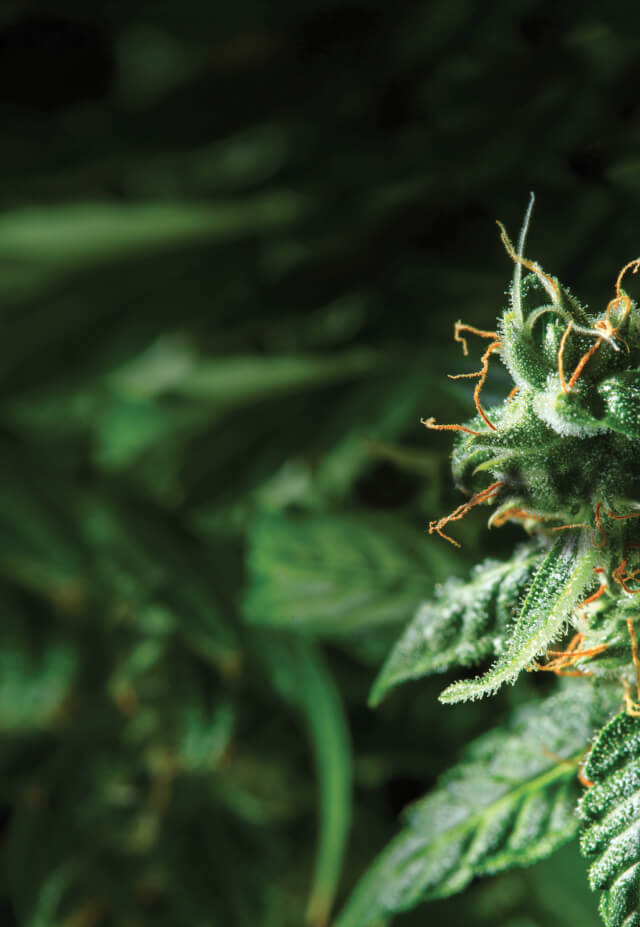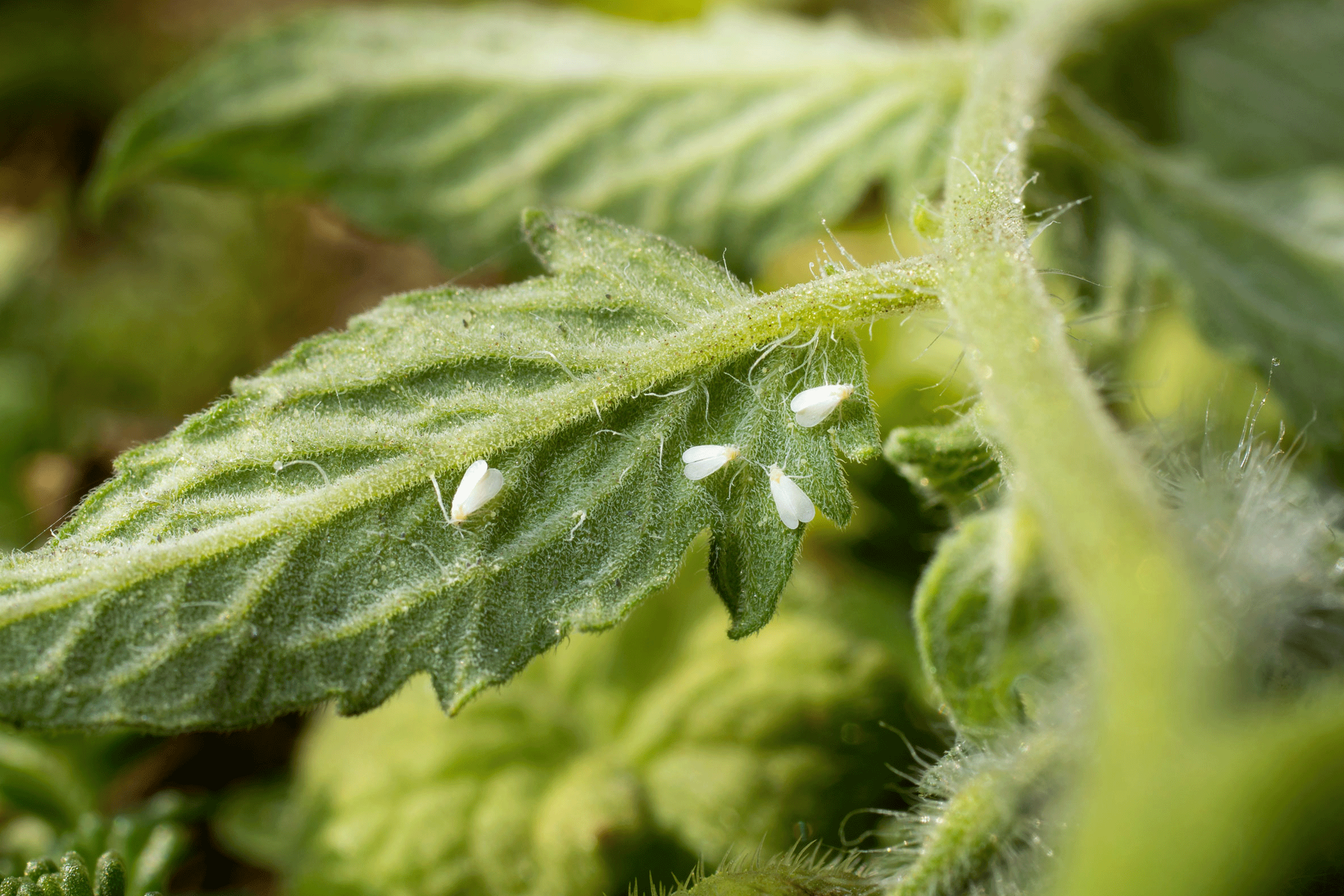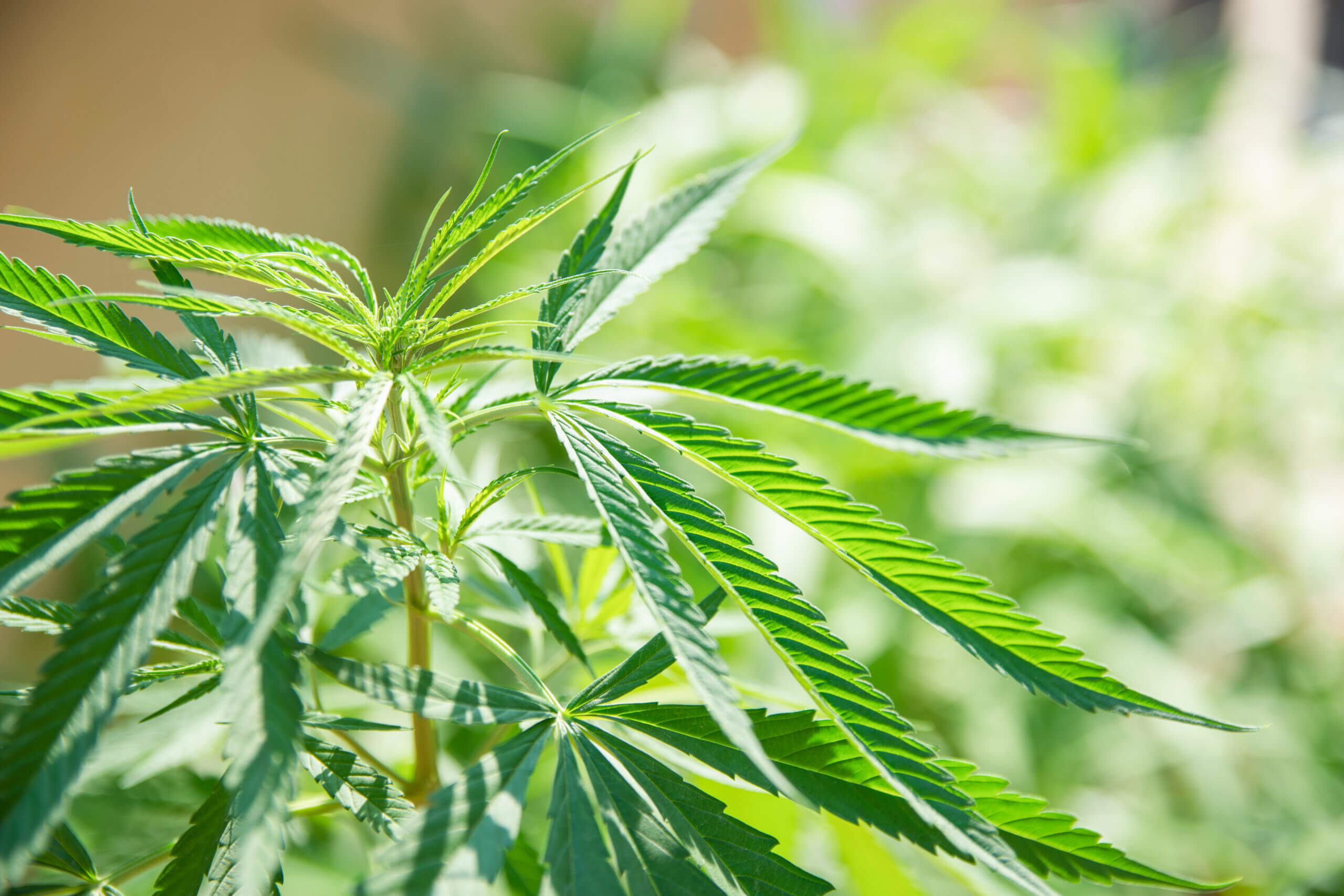The use of pesticides to repel, kill or inhibit the development of pests depends on the plant growth stage and the type of pest that is being targeted.
The majority of the active ingredients that are currently federally approved for use on hemp or are allowed by the states work best when used at the first signs of pest infestations. Insects and diseases are difficult to control once they spread widely, as more disease spores are produced and more insects hatch Hawthorne offers product solutions that can be used preventatively or to cure existing infestations.
When choosing to use pesticides to prevent or treat insects or diseases, it is a good rule of thumb to switch to a different pesticide after 3 consecutive product applications to reduce the risk of pest acquired resistance. When the label allows tank mixing, make sure to check the product label for pesticides that are not compatible.
If no information is available regarding compatibility, perform a jar test to evaluate the compatibility of different pesticides. If the materials are physically compatible, the jar will be cool to the touch and there will be no separation of materials or forming of clumps or emulsions. If the mixture is incompatible, the jar may be warm or hot to the touch; layers may form in the mixture; or sludge, clumps or grains may form in the mixture. If the mixture passes the jar test, spray the treatments on a small number of plants and look for symptoms of phytotoxicity for at least 7 to 10 days. If no injury is observed, the mixture can be applied to all plants. The most appropriate chemical management of pests is discussed below for each of the following plant growth stages.
Recommended Pesticides in Propagation
Propagation can be a vulnerable time for your facility, as you are bringing in new plants and material. It is a good rule to quarantine any plant material brought in from outside the facility prior to being introduced into the growing room, and to conduct a treatment application against insects, mites and diseases even if you don’t see any pest or related injury. Some insects hide in the soil, other insects and spores from fungal disease are so tiny that they cannot be detected with a hand lens, and some insects like thrips even embed eggs inside the leaf tissues.
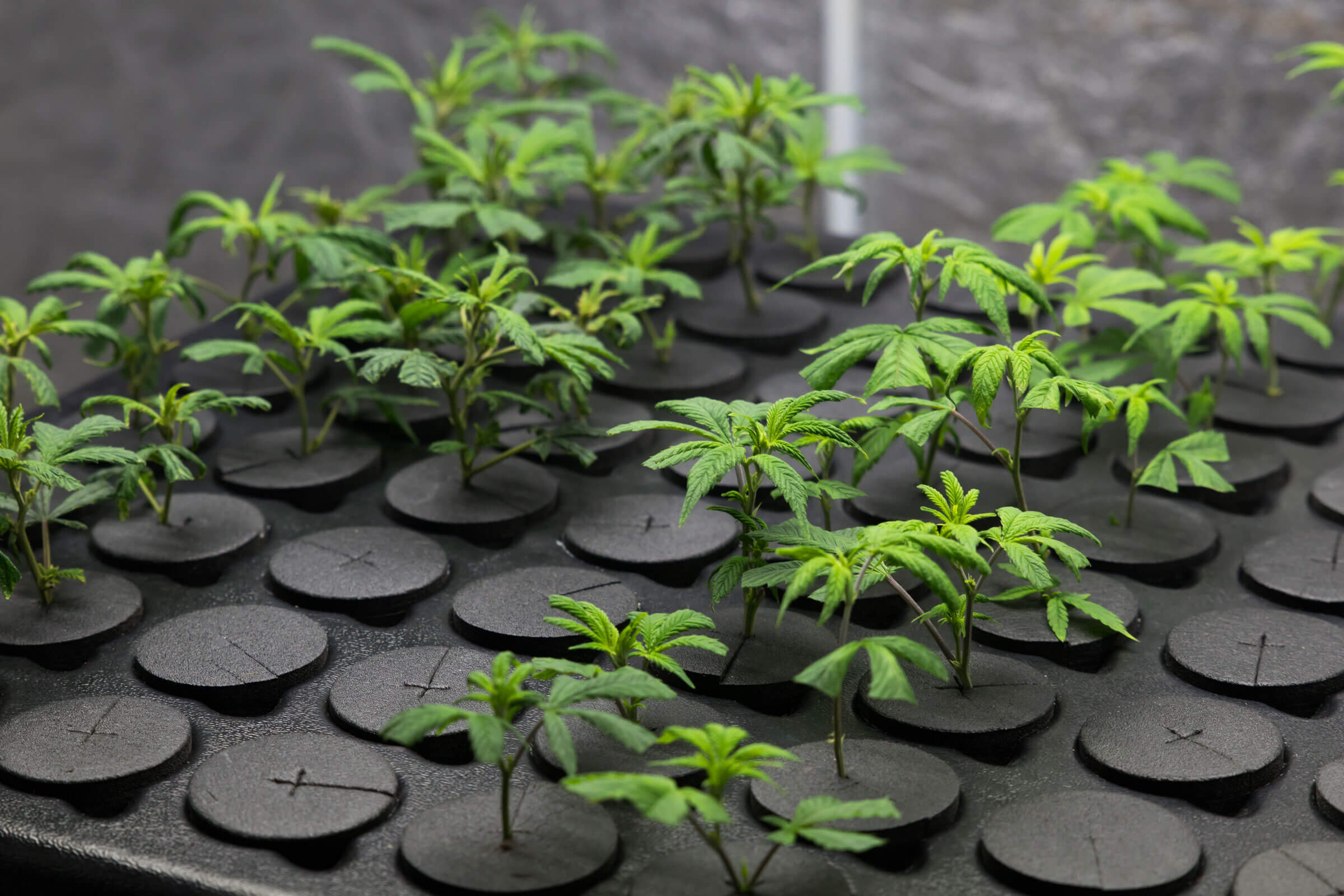
Recommended Pesticides for Disease Control:
- Via drench application (for the control of soil-borne pests)
- General Hydroponics® Defguard
- Blacksmith Bioscience Armory Beneficial Bacillus
- Actinovate® L & G Fungicide
- Via foliar application
- General Hydroponics® Defguard
Recommended Pesticides for Insect and Mite Control:
- Via drench application (for the control of soil-borne pests)
- The Amazing Doctor Zymes Eliminator
- SNS 209 Systemic Pest Control
- Via foliar application
- NPK Mighty
We Recommend This All-In-1 Pesticide for Insect, Mite and Disease Control:
- Via drench for soil-borne insects and foliar application
- Green cleaner
We Recommend Any of These Microbial Inoculants to Enhance Plant Uptake of Certain Nutrients:
- Via drench application
- Xtreme Gardening Azos
- Blacksmith Bioscience Nytrix Nitrogen Fixing Bacteria:
- Blacksmith Bioscience Megaphos
Recommended Pesticides for Mother Plants and Vegetative States
Proper pest prevention is also achieved by using pesticides to avoid major outbreaks of insects and diseases. It is recommended to apply pesticides at the first signs of pest infestations as small infestations can be more easily controlled than large ones. It is also recommended to conduct the majority of the treatment applications during this growth stage, as plants become more susceptible to phytotoxicity from pesticides and the risk of residue in the final product increases during flowering.
Growers must refer to product labels when spraying during the vegetative growth stage to ensure the harvest date is not impacted by the pesticide application. Hawthorne offers product solutions that can be used preventatively or to cure existing infestations.
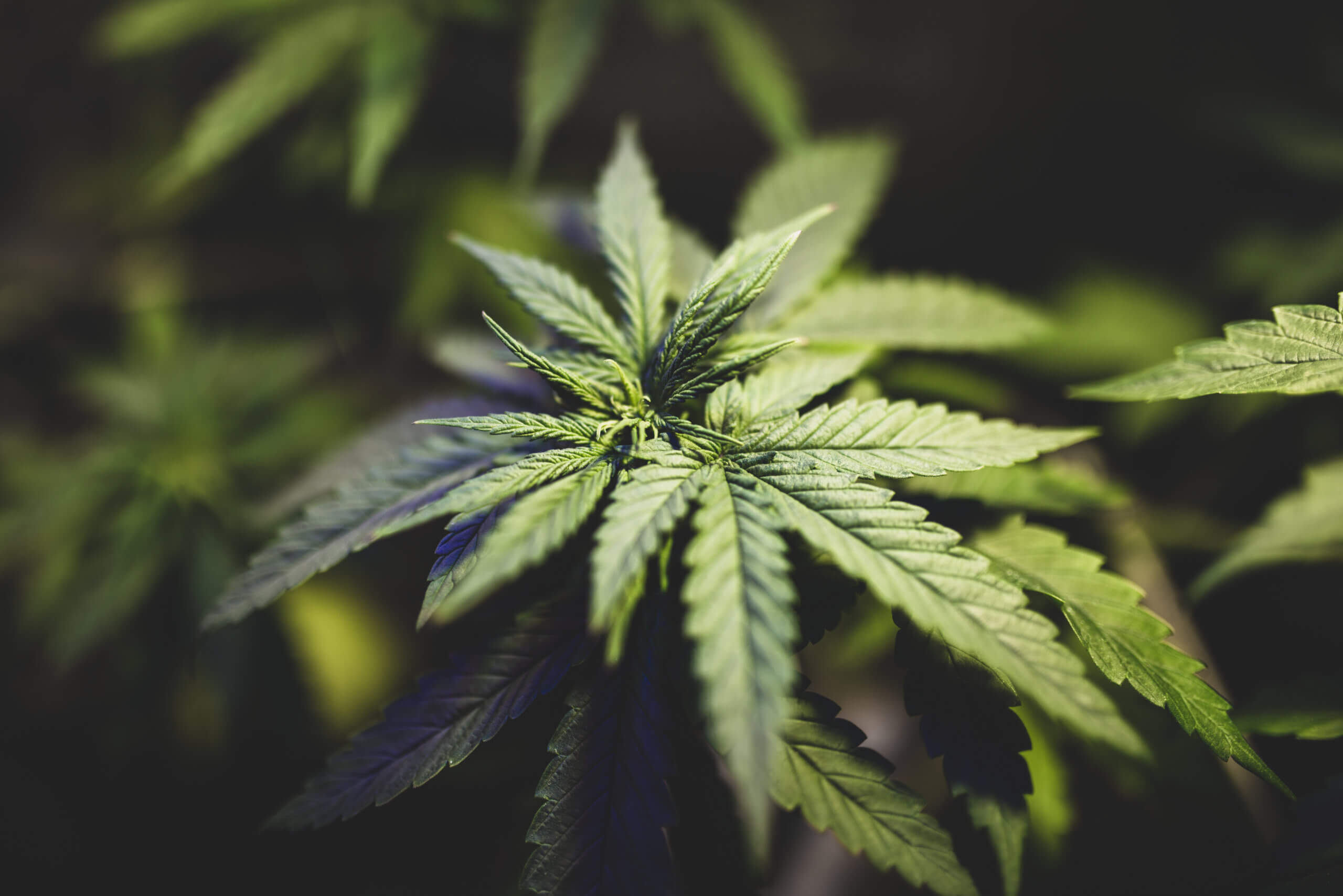
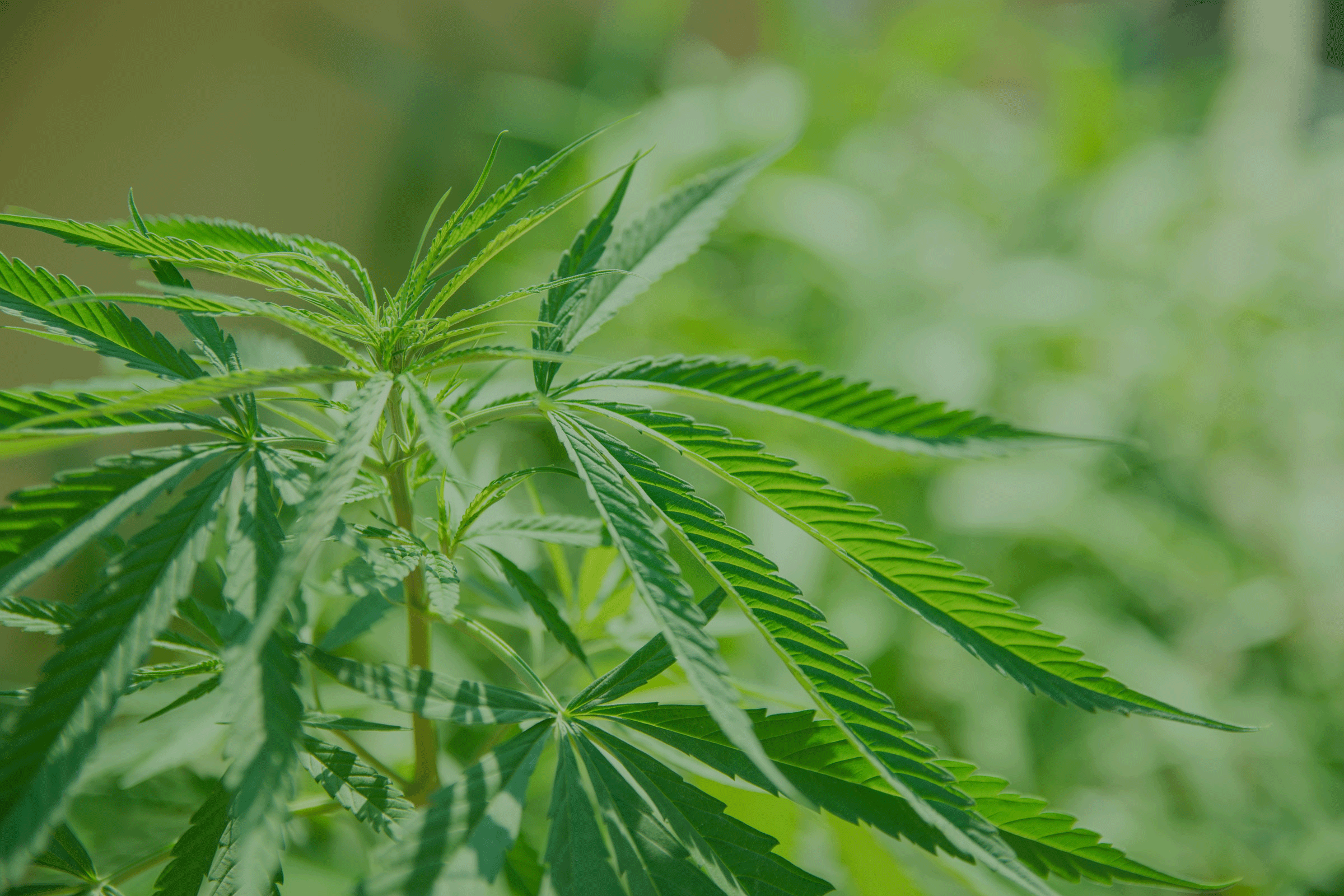
Pesticides for Preventing and/or Repelling Pests
For the Prevention of Diseases:
- Via drench application
- General Hydroponics® Defguard
- Via foliar application
- General Hydroponics® Defguard
- Actinovate® L & G Fungicide
- Marrone Bio Innovations Regalia CG Biofungicide
For the Prevention of Insects and Mites
- Via foliar application
- Marrone Bio Innovations Grandevo CG Insecticide
- Marrone Bio Innovations Venerate CG Bioinsecticide
- NPK Industries Mighty
For the Prevention of All the Pests Mentioned Above
- Via foliar and drench application (for soil-borne pests)
- Green Cleaner
- Flying Skull Nuke Em
- The Amazing Doctor Zymes Eliminator
Pesticides for Reducing Pest Infestations
For the control of insects and mites:
- Via foliar and drench application (for soil-borne pests)
- General Hydroponics® AzaMax
- PyGanic Specialty
For the control of diseases, insects & mites:
- Via foliar application
- General Hydroponics® Exile
- Via foliar and drench application (for soil-borne pests)
- Green Cleaner
- Flying Skull Nuke Em
Recommended pesticides for Flowering Plants
It is common practice to not spray past the second or third week of flowering. If using pesticides during flowering, avoid spraying the blooms while using a fine droplet size, or use an atomizer, which can help mitigate potential phytotoxicity of the flowers. Treating flowering plants for pests can be more complicated than treating vegetative plants, as plants in bloom are more susceptible to injury from pesticides and there is a greater risk of contamination and/or alteration of the properties of the final product.

We recommend any of the following products during flowering to control existing pest infestations
For the Control of Insects and Mites:
- General Hydroponics® DefguardVia foliar application
To Control Insects and Mites via Foliar and Drench Application (Soil-Borne Pests):
- General Hydroponics® AzaMax
To Control All of the Pests Mentioned Above
- Via foliar application
- General Hydroponics® Exile
- Flying Skull Nuke Em
- The Amazing Doctor Zymes Eliminator
- Via drench application for soil-borne pests
- Flying Skull Nuke Em
- The Amazing Doctor Zymes Eliminator
Summary of Pesticides by Growth Stage
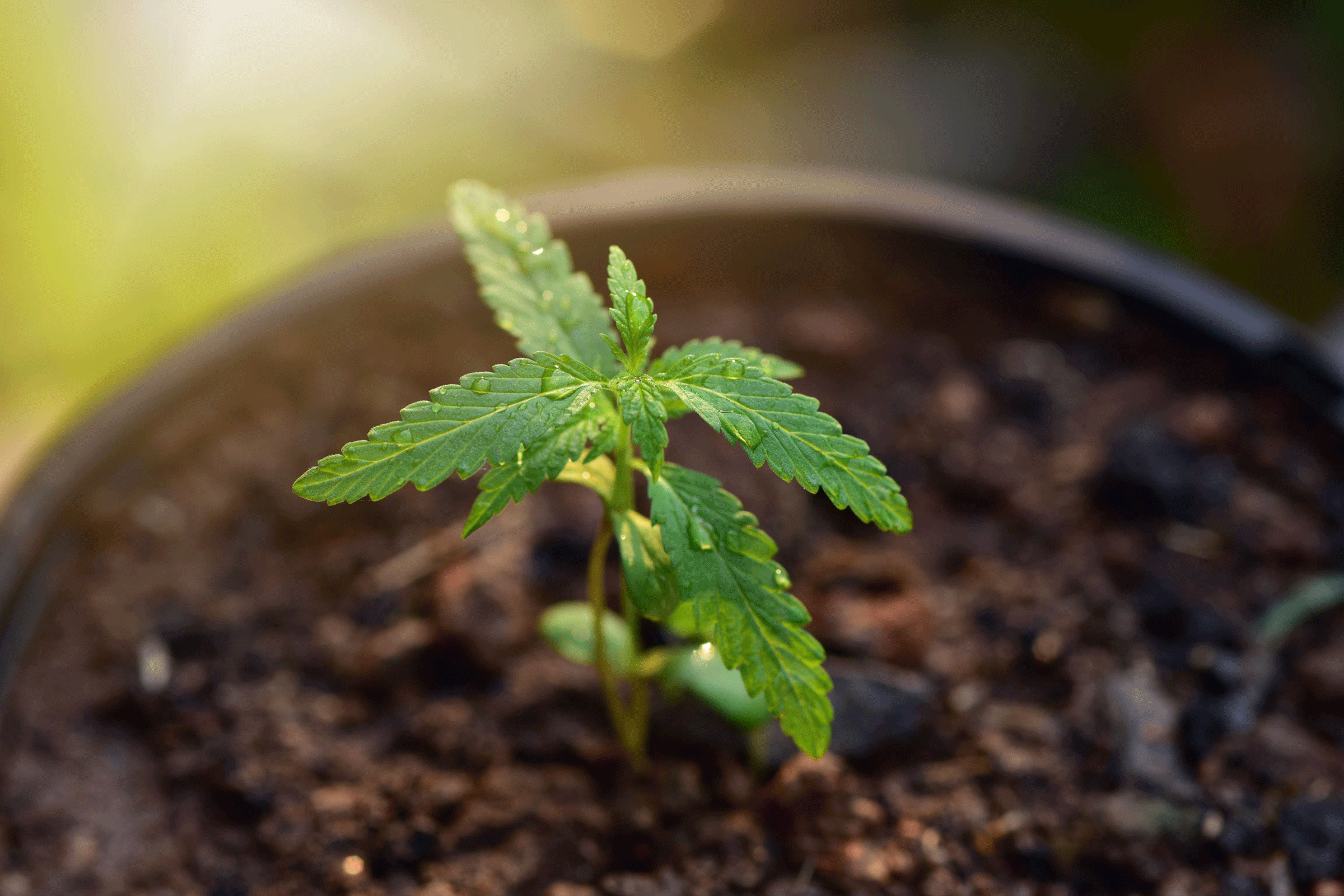
Seedling/Cutting Stage
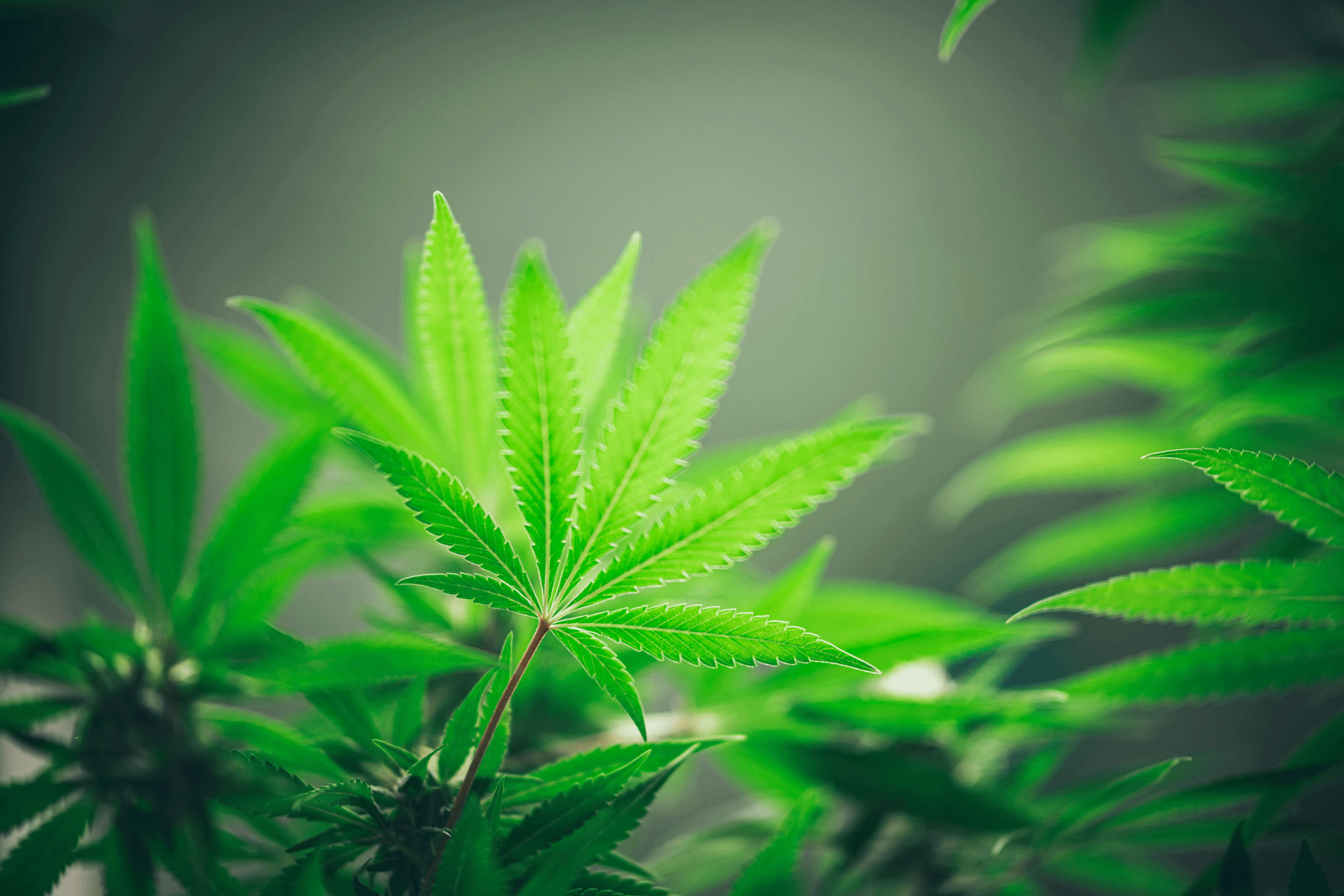
Vegetative Stage
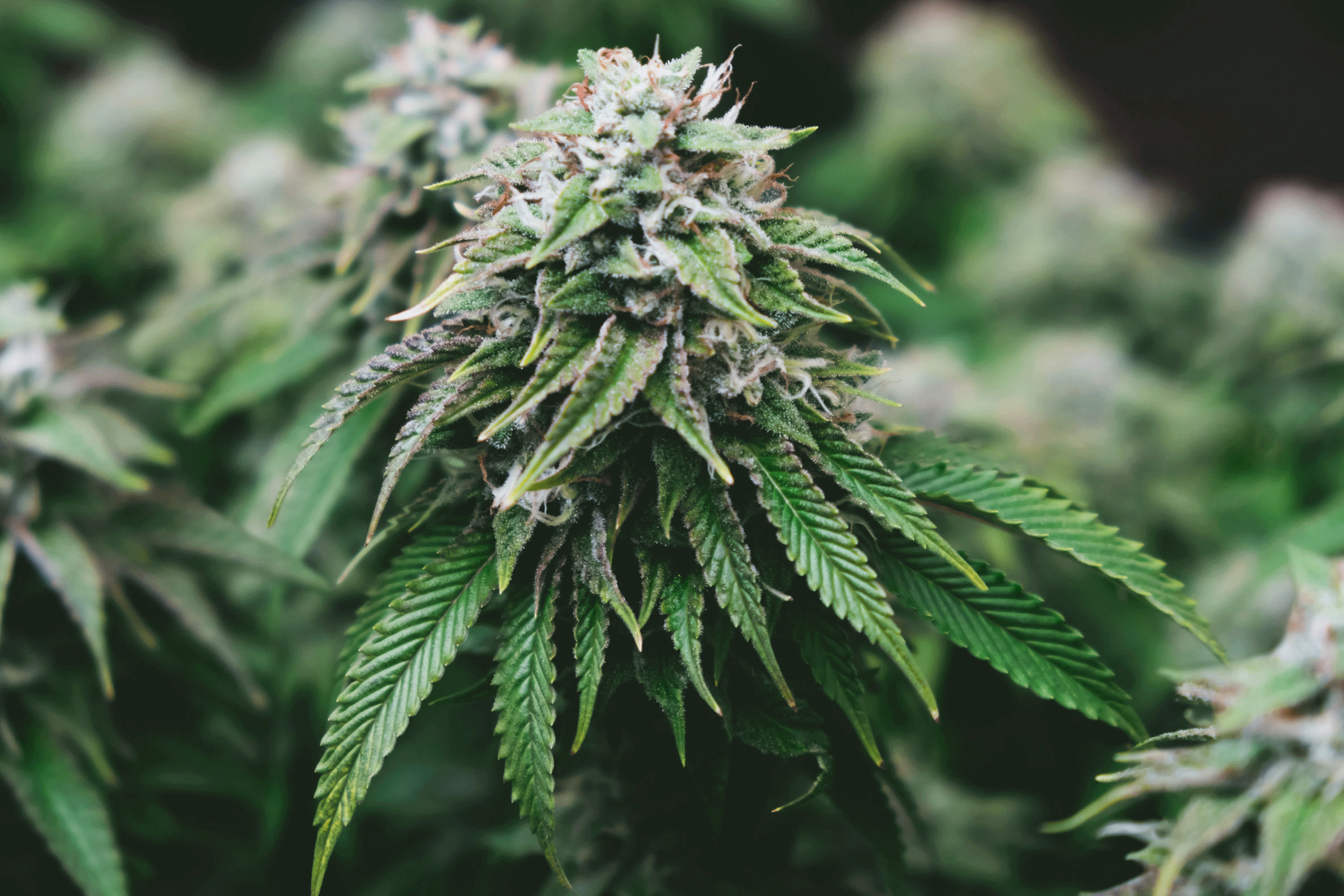
Flowering Stage
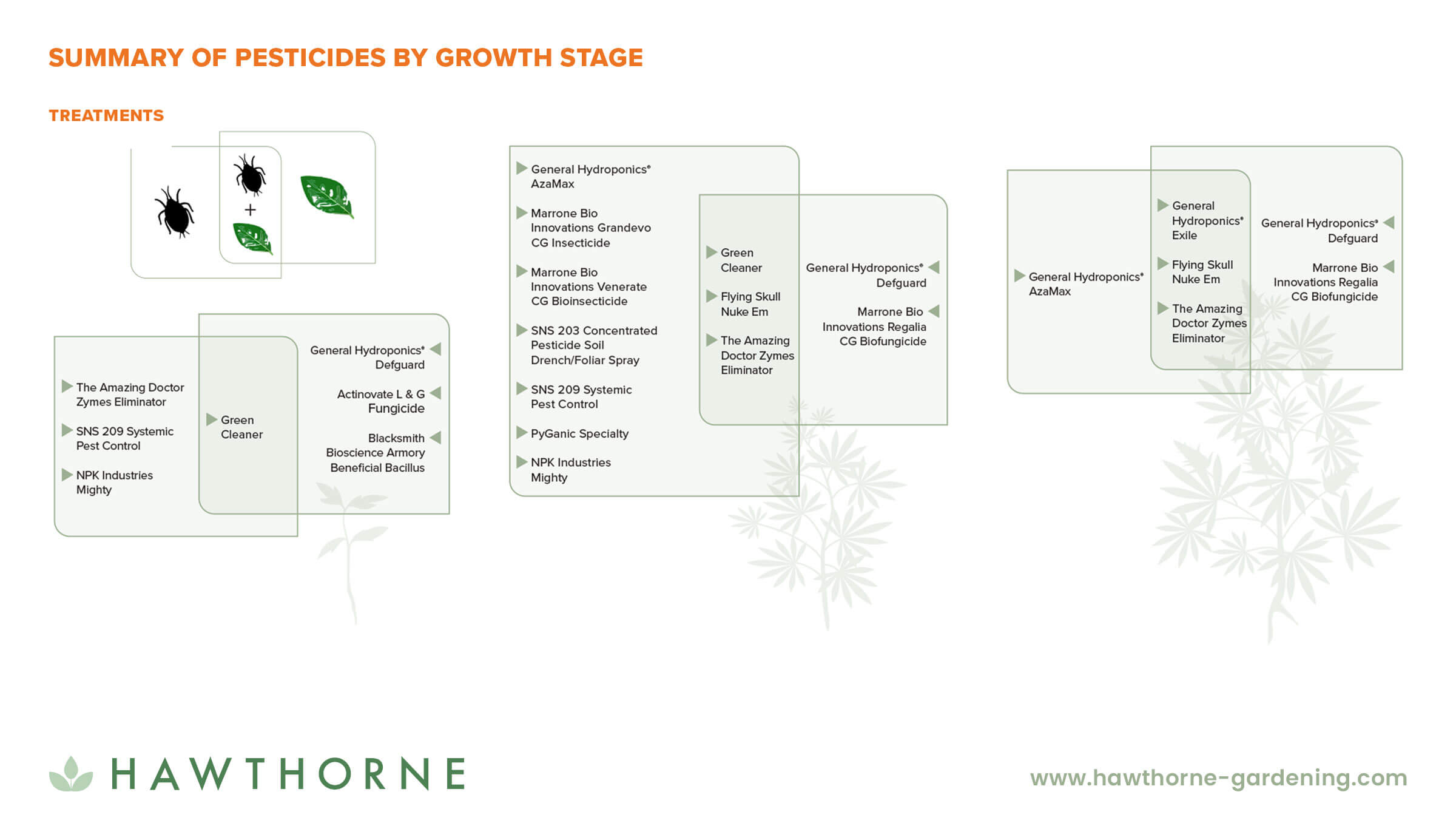
PPE for Pesticides
Growers should always wear the recommended and required personal protective equipment as defined by the product label when mixing, applying and discarding pesticides. Below is a list and a brief description of Hawthorne Personal Protective Equipment.
Personal Protective Equipment for Pesticides
| Product | What |
| Grower’s Edge® Bodysuit | Protection against Type 4/5/6 chemicals: Type 4 = Spray-tight type liquid chemicals Type 5 = Airborne solid particulate chemicals Type 6 = Limited protection against liquid mist |
| Grower’s Edge® Nitrile Gloves | Disposable nitrile gloves (latex and powder free) that are highly resistant to puncture, solvents and grease. |
| Grower’s Edge® Shoe Covers | Disposable covers for boots and shoes |
| Grower’s Edge® Respirator Masks | NIOSH-approved N95 disposable respirators. |
| Grower’s Edge® & Method Seven Safety Glasses | Spectrum specific safety glasses with full UV protection which meet ANSI Z87.1 American National Standards. |
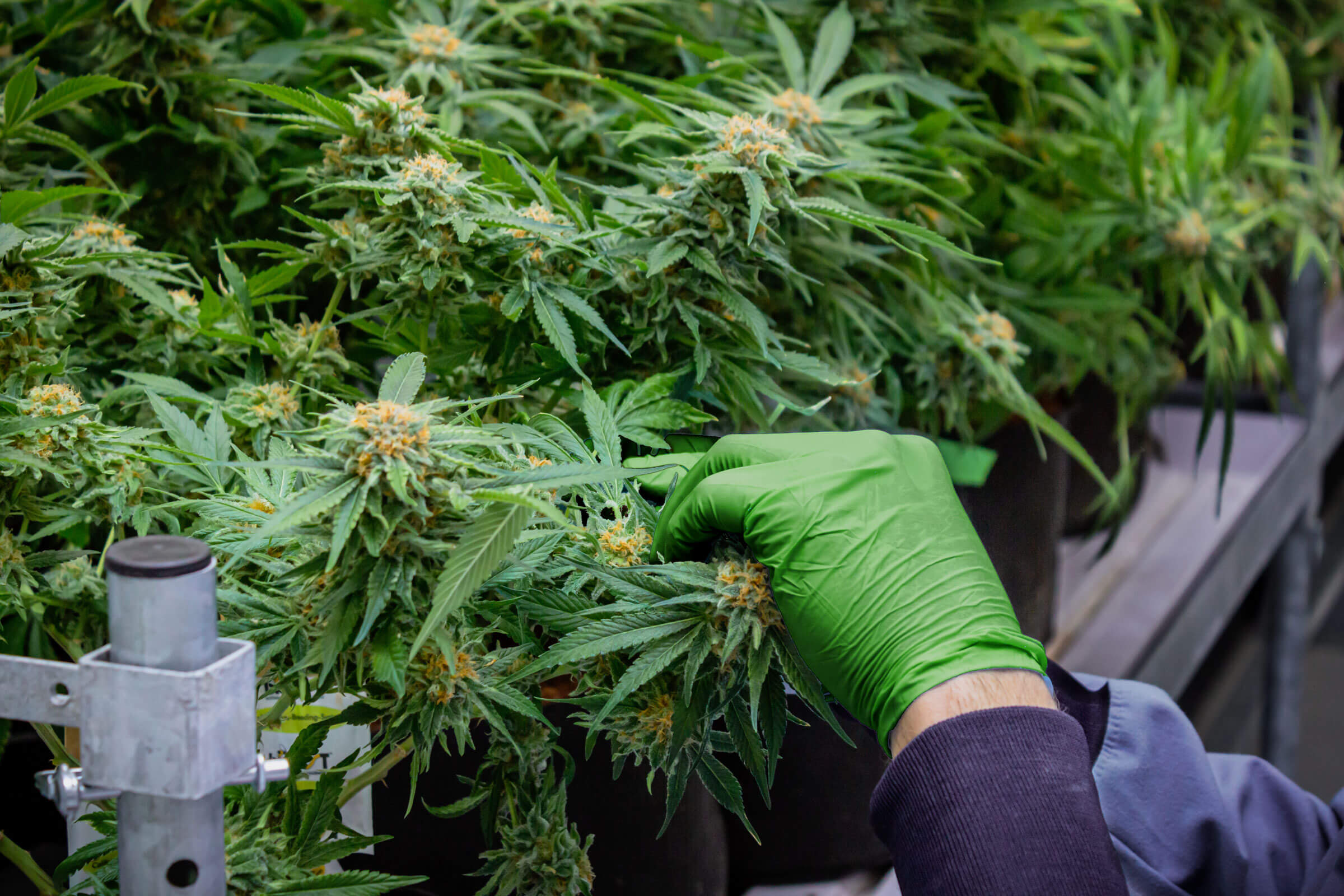
Disclaimer: When using this guide for recommendations on treating plant pest issues, you must always verify and follow any and all product label directions for use as required by federal and state laws.
